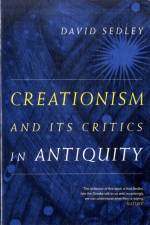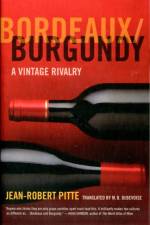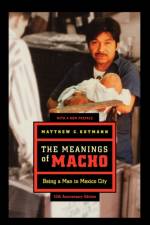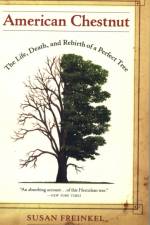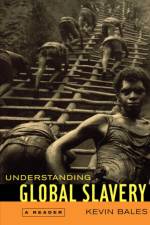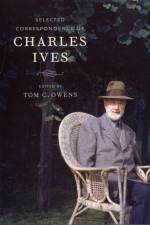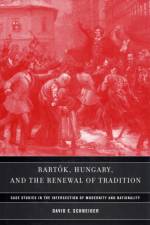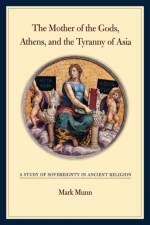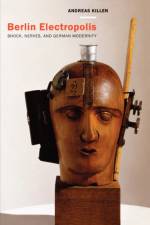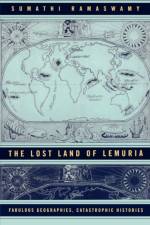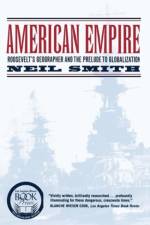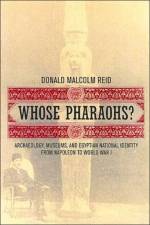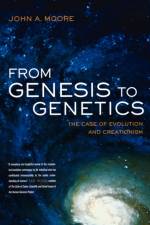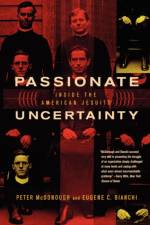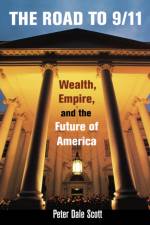- A Guide to Central National Forests
av Robert H. Mohlenbrock
409
Part armchair travelogue, part guide book, this projected three-volume series-divided into the western, central, and eastern United States-will introduce readers to all 155 national forests across the country. This Land is the only comprehensive field guide that describes the natural features, wildernesses, scenic drives, campgrounds, and hiking trails of our national forests, many of which-while little known and sparsely visited-boast features as spectacular as those found in our national parks and monuments. Each entry includes logistical information about size and location, facilities, attractions, and associated wilderness areas. For about half of the forests, Robert H. Mohlenbrock has provided sidebars on the biological or geological highlights, drawn from the "e;This Land"e; column that he has written for Natural History magazine since 1984. Superbly illustrated with color photographs, botanical drawings, and maps, this book is loaded with information, clearly written, and easy to use. This volume covers national forests in: Arkansas, Colorado, Louisiana, Minnesota Missouri, Montana, Nebraska, New Mexico, Oklahoma, South Dakota, Texas, Wyoming

